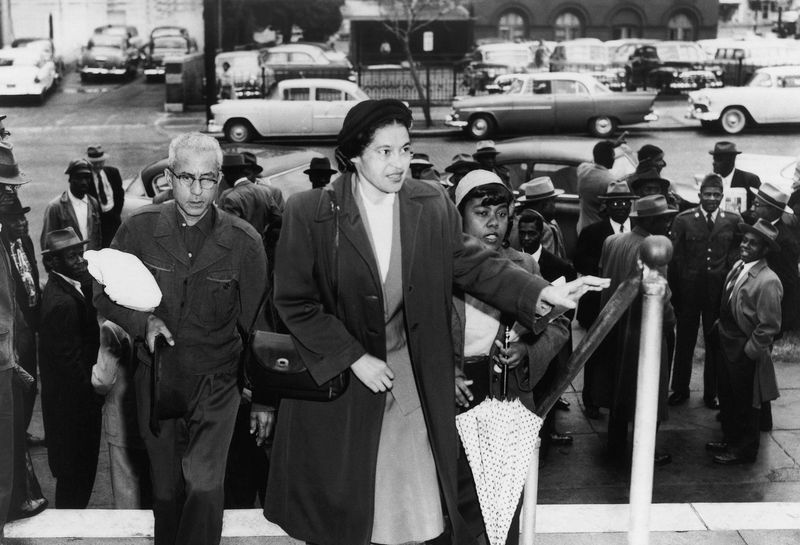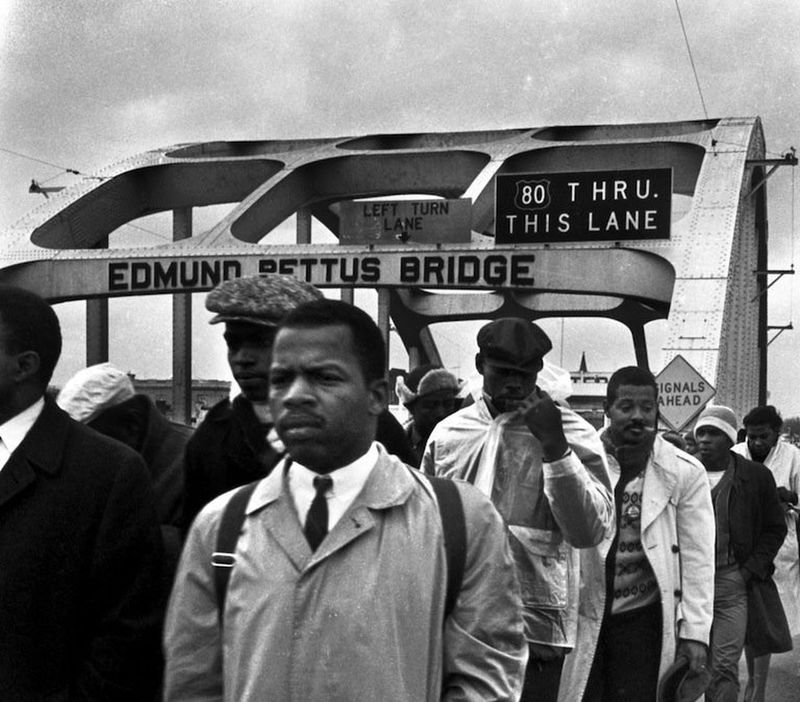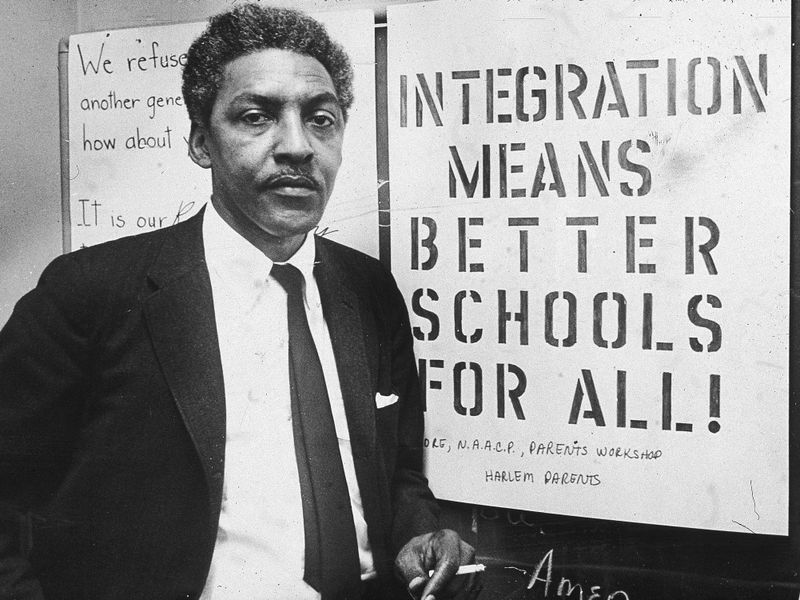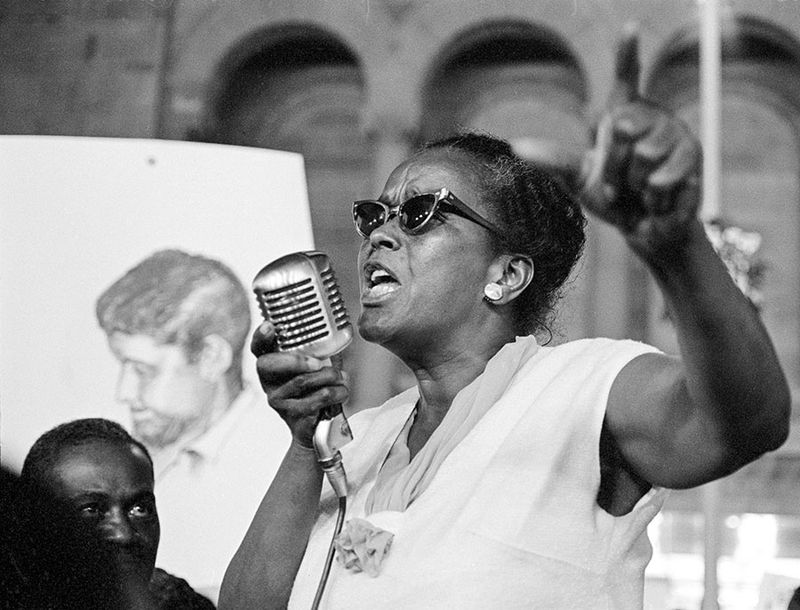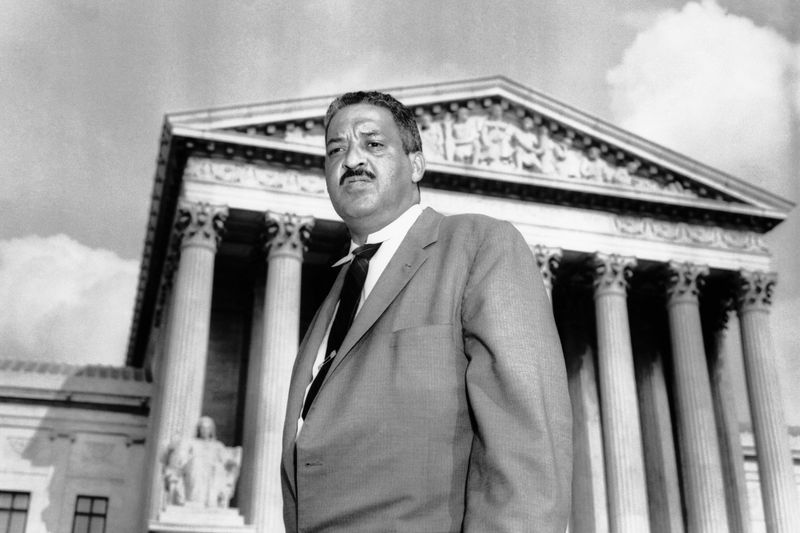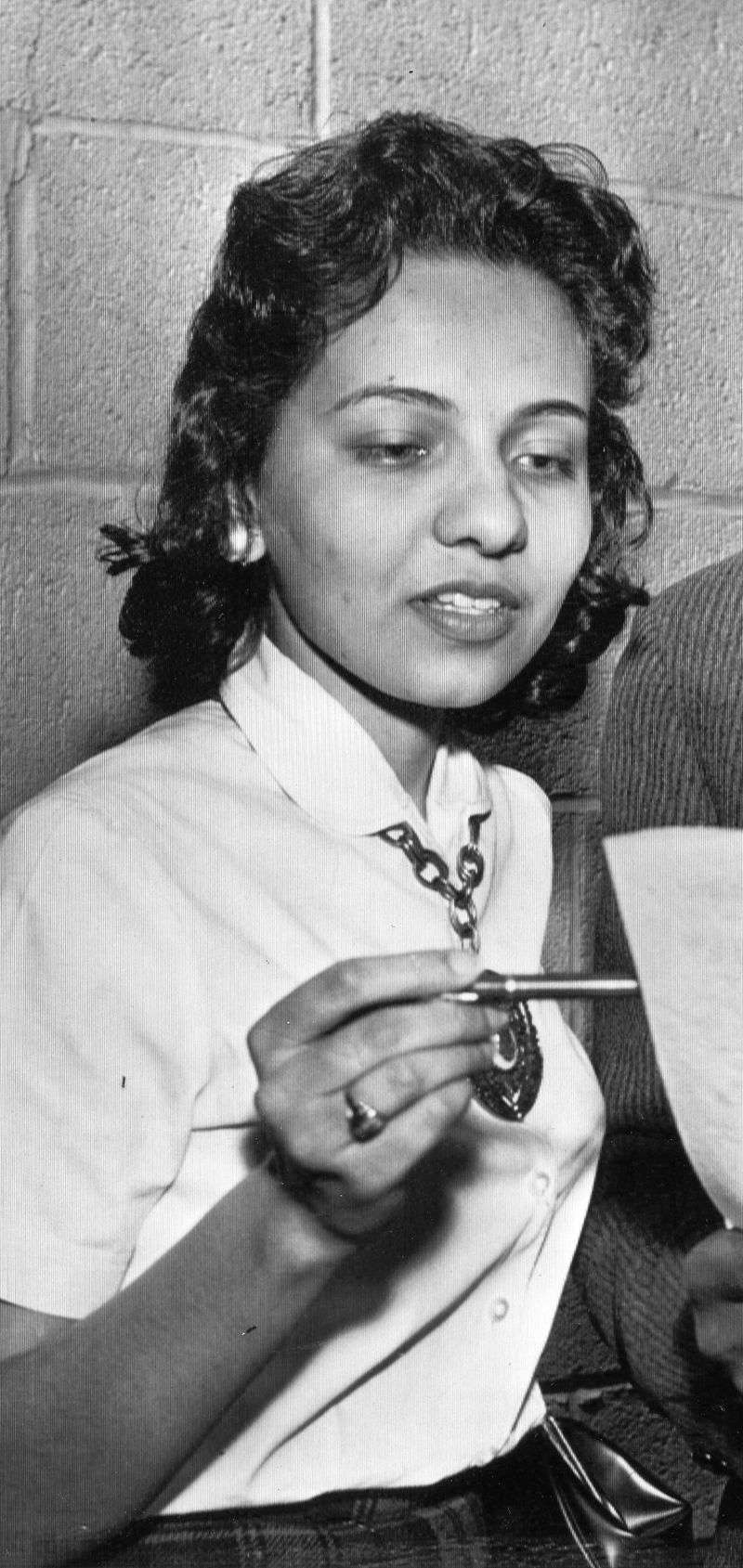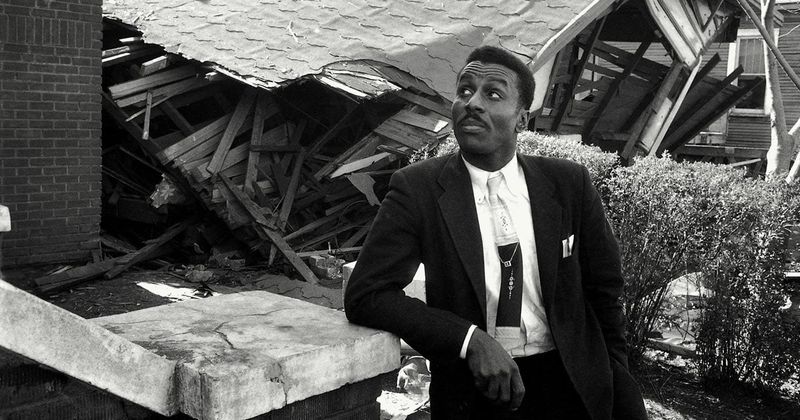The fight for civil rights in America has been led by brave individuals who stood up against injustice when doing so was dangerous. These leaders organized protests, challenged unfair laws, and inspired millions to join the struggle for equality. Their courage changed our nation’s laws and helped make America more fair for everyone. Learning about these remarkable people helps us understand how far we’ve come and the work that still remains.
1. Martin Luther King Jr.: The Voice of Peaceful Resistance
A Baptist minister with a gift for powerful speech, Dr. King led the Montgomery Bus Boycott when he was just 26 years old. His philosophy of nonviolent protest transformed the civil rights movement and captured the nation’s attention.
King’s famous “I Have a Dream” speech during the 1963 March on Washington inspired people across racial lines. His leadership helped achieve landmark legislation like the Civil Rights Act of 1964.
Despite facing jail, death threats, and FBI harassment, King remained committed to equality until his assassination in 1968. His birthday is now a national holiday, honoring his legacy of peaceful resistance against oppression.
2. Rosa Parks: The Spark That Ignited a Movement
Many think Rosa Parks was just a tired seamstress who wouldn’t give up her bus seat. Actually, she was an experienced civil rights activist and NAACP secretary who made a deliberate stand against segregation on December 1, 1955.
Her arrest launched the 381-day Montgomery Bus Boycott that financially crippled the city’s transit system. Parks faced death threats and lost her job, but her quiet courage helped end bus segregation in Montgomery.
“The only tired I was, was tired of giving in,” Parks later explained. Her seemingly small act of defiance proved that ordinary people could create extraordinary change through principled resistance.
3. John Lewis: The Conscience of Congress
Born to sharecroppers in Alabama, Lewis organized sit-ins at segregated lunch counters while still a college student. He was beaten severely during the 1961 Freedom Rides and again while leading marchers across Edmund Pettus Bridge on “Bloody Sunday” in 1965.
Lewis helped found the Student Nonviolent Coordinating Committee (SNCC), empowering young activists in the movement. His skull was fractured by police during peaceful protests, yet he never abandoned his commitment to what he called “good trouble.”
After decades of activism, Lewis served 33 years in Congress, remaining a moral voice for justice until his death in 2020. His life exemplified how persistent, principled resistance can transform a nation.
4. Fannie Lou Hamer: The Sharecropper Who Challenged Presidents
“I’m sick and tired of being sick and tired,” declared Hamer, who grew up picking cotton in Mississippi’s brutal plantation system. After attempting to register to vote in 1962, she was fired from her job, evicted from her home, and later beaten nearly to death in jail.
Despite having only a sixth-grade education, Hamer’s raw eloquence captivated the nation when she testified at the 1964 Democratic National Convention. Her televised testimony about voting rights was so powerful that President Johnson called an emergency press conference to interrupt her broadcast.
Hamer co-founded the Mississippi Freedom Democratic Party and fought for economic justice until her death in 1977, showing how rural, working-class women could transform American politics.
5. Bayard Rustin: The Brilliant Strategist Behind the Scenes
A master organizer who rarely received public credit, Rustin introduced Martin Luther King Jr. to Gandhi’s principles of nonviolence. As an openly gay Black man in the 1950s and 60s, he faced discrimination from both within and outside the movement.
Rustin’s genius shone brightest when orchestrating the 1963 March on Washington, which he planned down to the smallest details – from the number of toilets to the placement of water stations. His organizational brilliance ensured the peaceful gathering of 250,000 people.
Throughout his career, Rustin insisted that economic justice was inseparable from racial equality. His courage in living authentically decades before the gay rights movement demonstrated his belief that all forms of discrimination were connected.
6. Ella Baker: The Woman Who Built Movements
“Strong people don’t need strong leaders,” Ella Baker often said, rejecting the spotlight while empowering others. Her 50-year career began in the 1930s with economic justice work during the Great Depression.
Baker helped create three pivotal organizations: the NAACP, Southern Christian Leadership Conference, and Student Nonviolent Coordinating Committee. Unlike many male leaders, she believed in grassroots organizing and developing leadership in ordinary people rather than charismatic heroes.
Young activists called her “Fundi,” a Swahili word for someone who passes skills to the next generation. Baker’s behind-the-scenes approach emphasized that real change comes from communities organizing themselves, not from single leaders making speeches.
7. Thurgood Marshall: The Legal Mind Who Dismantled Segregation
Before becoming America’s first Black Supreme Court Justice, Marshall was the NAACP’s chief lawyer who methodically attacked segregation through the courts. Traveling dangerous back roads of the Jim Crow South, he risked his life representing Black defendants in hostile courtrooms.
Marshall’s greatest triumph came in 1954 with Brown v. Board of Education, which declared school segregation unconstitutional. This landmark case overturned the “separate but equal” doctrine that had justified segregation for decades.
As a Supreme Court Justice from 1967 to 1991, Marshall continued fighting for equality and constitutional protections for all Americans. His legal strategy proved that sometimes the most effective way to change society is through carefully planned legal challenges rather than street protests.
8. Diane Nash: The Student Who Faced Down Governors
A Chicago native who discovered segregation when she transferred to Fisk University in Nashville, Nash quickly emerged as a fearless student leader. At age 22, she coordinated sit-ins that desegregated Nashville’s lunch counters and confronted the city’s mayor on the courthouse steps.
When violence threatened to end the Freedom Rides in 1961, Nash recruited new riders and personally continued the dangerous journey. “Freedom cannot be won by one generation for another,” she insisted when worried parents begged her to stop.
Nash developed a sophisticated strategy called “jail, no bail” that overwhelmed Southern jails and courts with protesters who refused release. Her tactical brilliance and personal courage demonstrated how young women were often the movement’s most effective strategists and risk-takers.
9. Fred Shuttlesworth: The Preacher Who Wouldn’t Be Bombed Into Silence
The Ku Klux Klan bombed Shuttlesworth’s Birmingham home on Christmas Night 1956, blasting him through the floor as he slept. Emerging from the rubble, he immediately led his scheduled protest the next morning, showing the indomitable spirit that made him legendary.
While King received more fame, Shuttlesworth endured more violence. He survived beatings, multiple bombings, and having his church destroyed. “They’ll have to kill me before I’ll ever stop,” he declared after being hospitalized from an attack.
Shuttlesworth convinced Martin Luther King Jr. to bring national attention to Birmingham in 1963, resulting in the brutal police response that shocked America’s conscience. His relentless courage in America’s most segregated city proved that determined local leadership was essential to the movement’s success.


